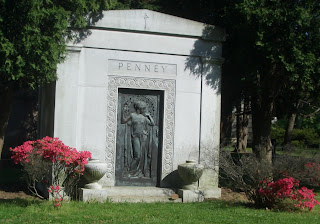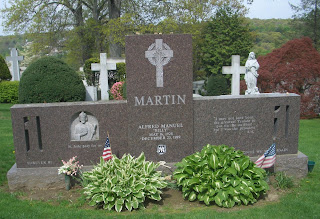Dr. Noel d'Alvigny Inspired a Beloved Fictional Character

Until his death in 1877, Dr. Noel d’Alvigny was one of the most prominent doctors in Atlanta. An original faculty member and former president of Atlanta Medical College (renamed Emory University School of Medicine), he is credited with saving the school from burning down at the hands of General Sherman’s troops. In 1850, d’Alvigny performed an entirely different kind of helpful act. Soon after Atlanta’s Oakland Cemetery opened, Dr. James Nissen became the cemetery’s first interment. The physician died while visiting Atlanta during a medical convention. Afraid of being buried alive, Dr. Nissen requested that his colleague, Dr. d’Alvigny, open his casket at Oakland Cemetery and sever his jugular vein. Although Nissen’s headstone is now faded and illegible, a plaque at the site recalls this incident. Dr. d’Alvigny is believed to have inspired the character of Dr. Meade, the dedicated and wise doctor in Gone With The Wind—a plaque at his grave notes this.









